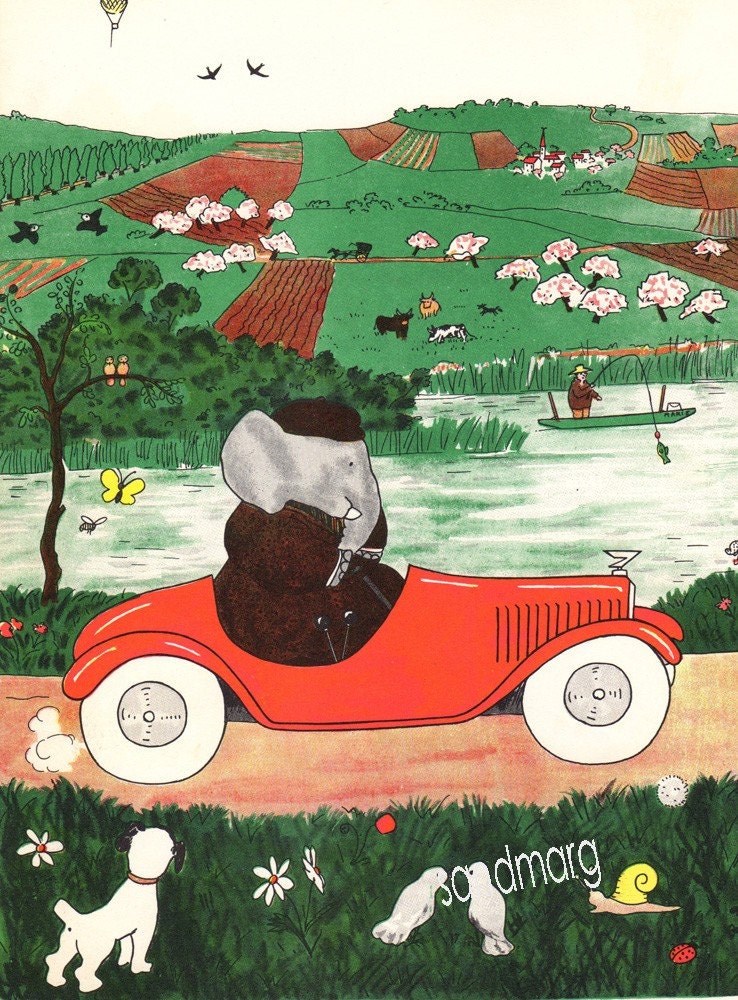

We simply feel it, and then have to make sense of it. In the compact, elegant exhibition “Drawing Babar: Early Drafts and Watercolors” at the Morgan Library & Museum, we don’t learn too much more about the reasons for Babar’s appeal. More than eight million Babar books have been sold. He has illustrated 37 books about this elephant orphan turned king.

After that first book (translated as “The Story of Babar, the Little Elephant”), de Brunhoff published six more Babar tales before dying of tuberculosis in 1937 at 37.Īfter World War II his son Laurent, who first heard the stories as a child, took over the franchise. Since Jean de Brunhoff expanded and refined the bedtime stories told by his wife, Cécile, in 1931, and published them in French, Babar has been a constant companion.

What does the “very rich Old Lady” see in Babar the elephant? What, for that matter, do we see in him? Something appealing surely, even if we would not follow her example and give him a full purse to go shopping for a suit of a “becoming shade of green,” or do calisthenics with him or buy him a red roadster.īut if most of us don’t actually keep elephants in the strange way the Old Lady did, we have consistently invited Babar into our homes, along with his still thriving, ageless family.


 0 kommentar(er)
0 kommentar(er)
